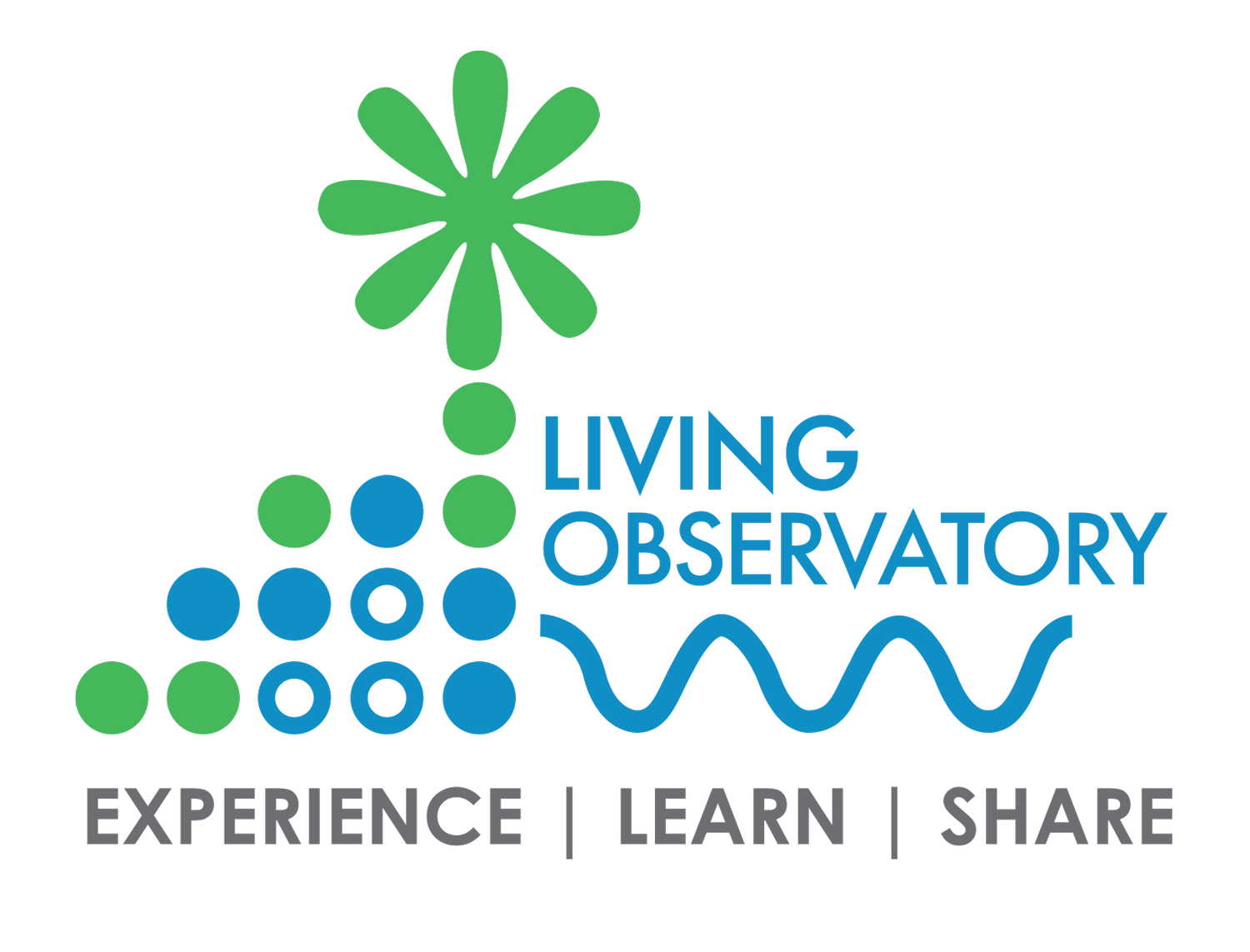11 Dec, 2011 Author: Glorianna Davenport
On November 28th-30th, we hosted a kick off meeting at Tidmarsh farms for representatives from the partner organizations. The goal of this meeting, organized by Marty Melchoir of Interfluve, Inc., was to discuss performance criteria and to brainstorm about the Living Observatory with the participants. At the start, Alex Hackman of Division of Ecological Restoration and Brian Graber of American Rivers addressed the need to understand the biophysical template of the land in order to holistically identify and remove stressors, restore aquatic and terrestrial connectivity and encourage biodiversity. These ideas resonated in the round robin session on performance criteria that was led by Marty Melchoir. Following a short lunch break, three students from the MIT Media Lab working with the Living Observatory presented their work on sensors and visualization. This led to an animated group discussion about what might be possible to sense. The meeting closed with presentations by Irina Kadis, co-founder of Salicicola, on plant species (native, invasive and otherwise) found on the property and by Eric Walberg of Manomet Center for Conservation Science on global warming.
In the two days following the meeting, many of the participants volunteered their time to explore, probe and sample the site. On Tuesday morning, we made our way up the channel connecting the property to fresh pond. Later that day, a rented mini-excavator was used to dig a number of test pits that allowed the team to examine and sample the layers of sand and the underlying peat across many of the reaches.
While much remains to be done, by Wednesday afternoon both Marty and Alex seemed pleased with the progress of this data collection phase. In the next few weeks, Interfluve will return to do some additional surveying. Later this winter, ideally after a nice snowfall, a technical guru from USDA NRCS will use a Ground Penetrating Radar rig to image the underlying topology of the peat kettles. Water sampling will continue into the spring. Meanwhile, a few volunteers are contributing living memories to our understanding the evolution of this land.
photo1 and 3: a. hackman; photo 2: g.davenport



